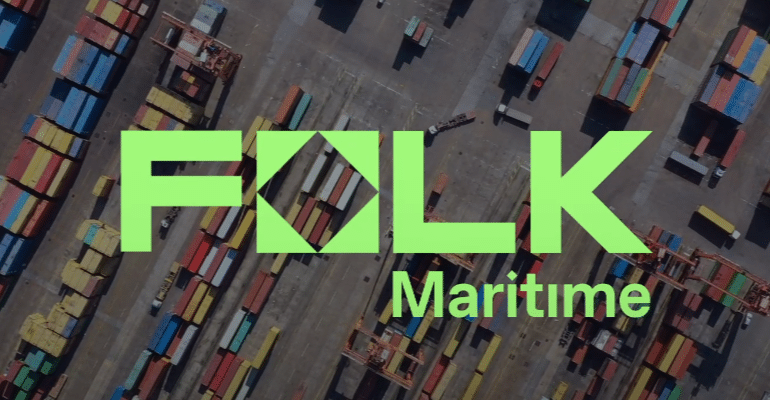Recently, there are signs that shipping rates in the shipping market have peaked, and the backlog in the world’s major ports will improve. The data shows that in the past three months, the reliability of the shipping schedule has continued to improve.
While current schedule reliability is still well below the level before Covid-19, it has surpassed the full-year 2021 average and is only about 10% behind December 2020. “This is the second time since the start of the Covid-19 that there has been a continuous increase in schedule reliability,” noted Alan Murphy, CEO of Sea-Intelligence. “The reliability of July 2022 increased by 0.5 percentage from the previous month.” According to the report, the overall reliability of the July shipping schedule reached 40.5%, exceeding 40% for the first time in the past 15 months. Throughout 2021, the shipping industry’s average schedule reliability was just under 36%, and with recent improvements, after falling to the lowest level of 30% in January 2022, schedule reliability in 2022 has returned to Average. However, the overall schedule reliability of the major carriers remains below the overall industry average.

Average delays for ships have been falling so far this year. In July 2022, the global average delays decreased by 0.09 days from the previous month, which means that the delay time is now below 7 days, which is an improvement from 2021.

In July, the average schedule reliability of the top 14 shipping lines was just under 37%. Maersk still tops the list with overall schedule reliability of 48%, while CMA CGM and Evergreen are the other two shipping companies with a higher than industry average schedule reliability. Evergreen jumped from the bottom of the list to second place with a 44% schedule reliability, and Wan Hai, HMM, PIL, COSCO, and OOCL also showed strong improvement.











